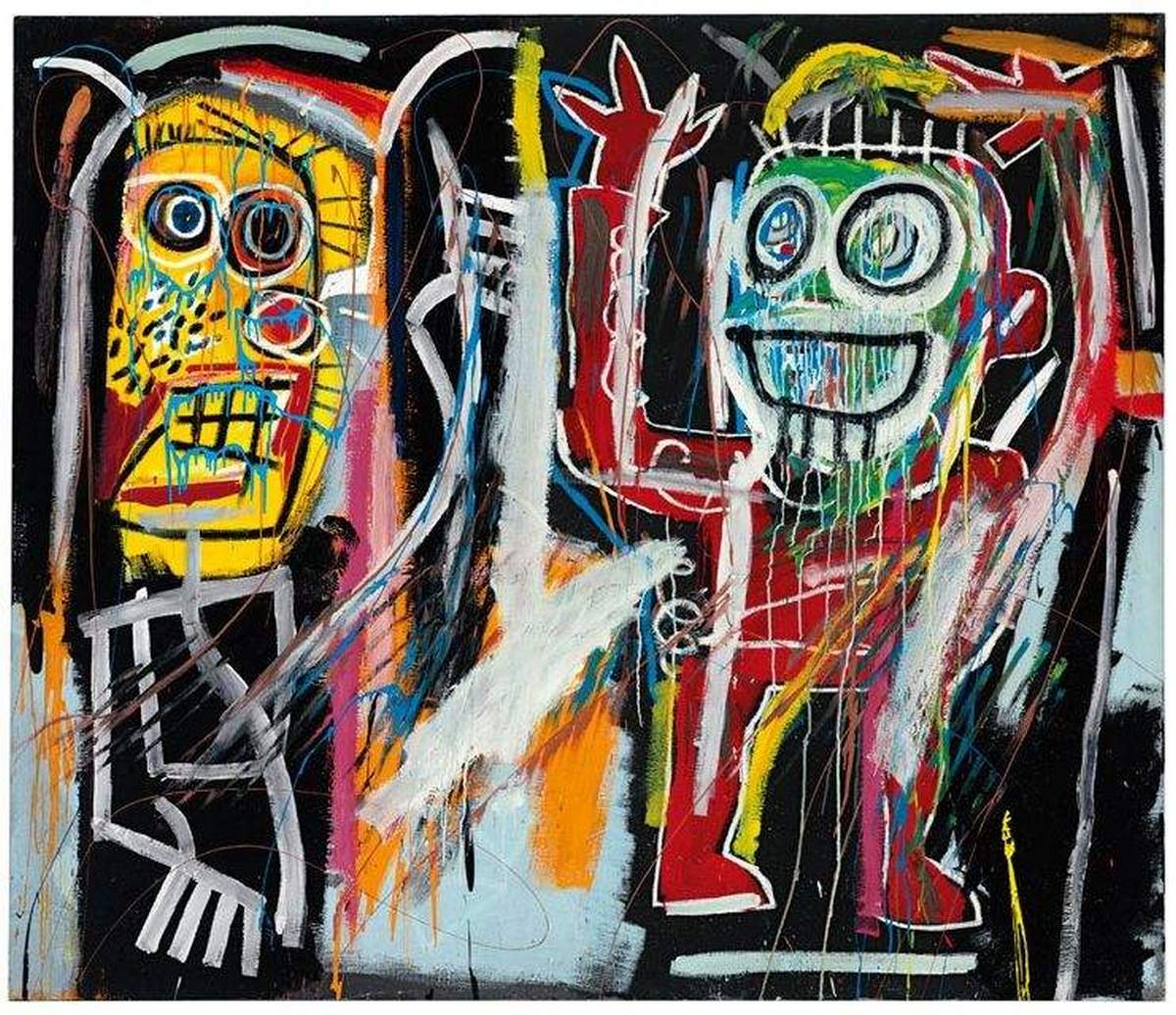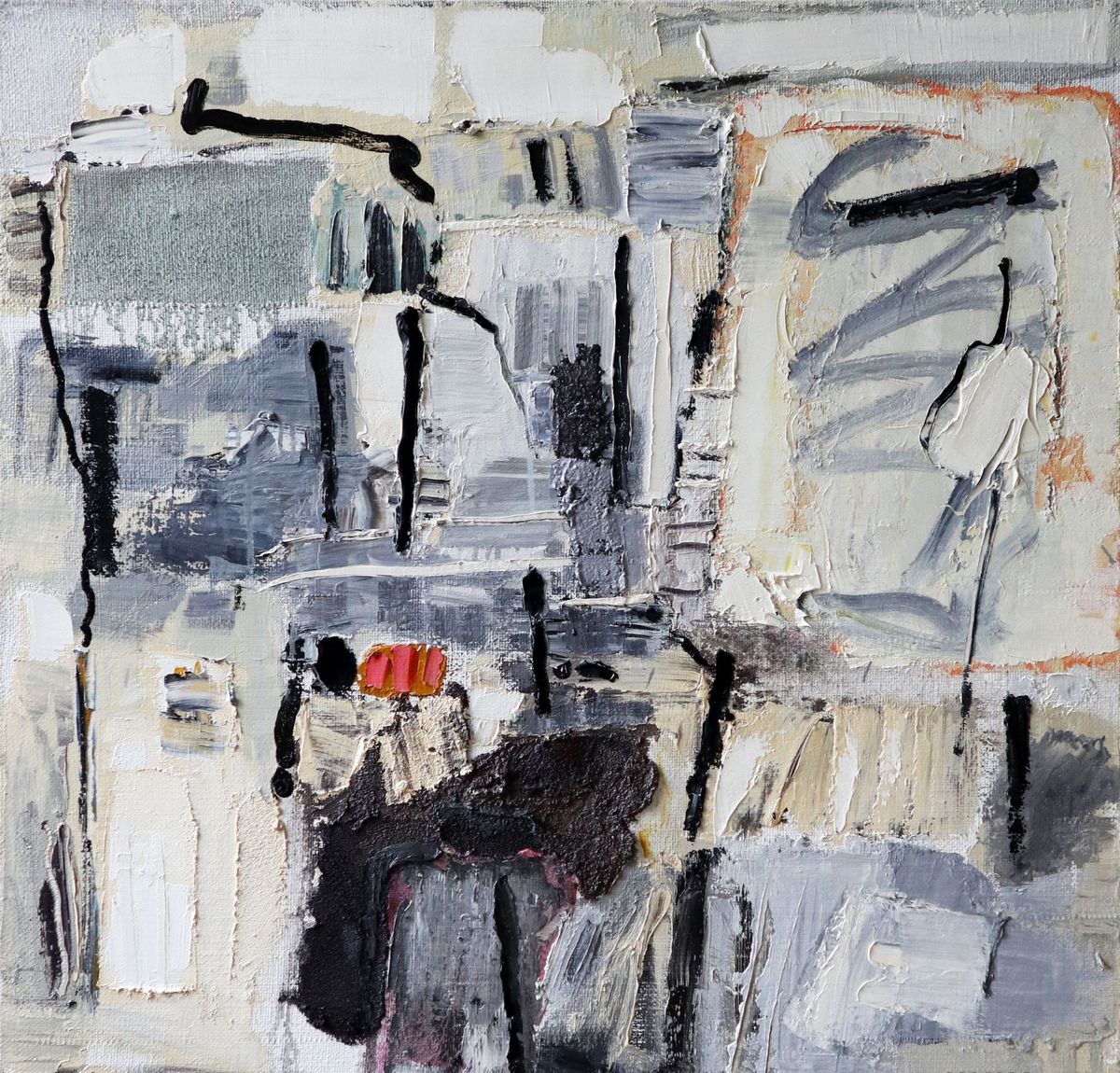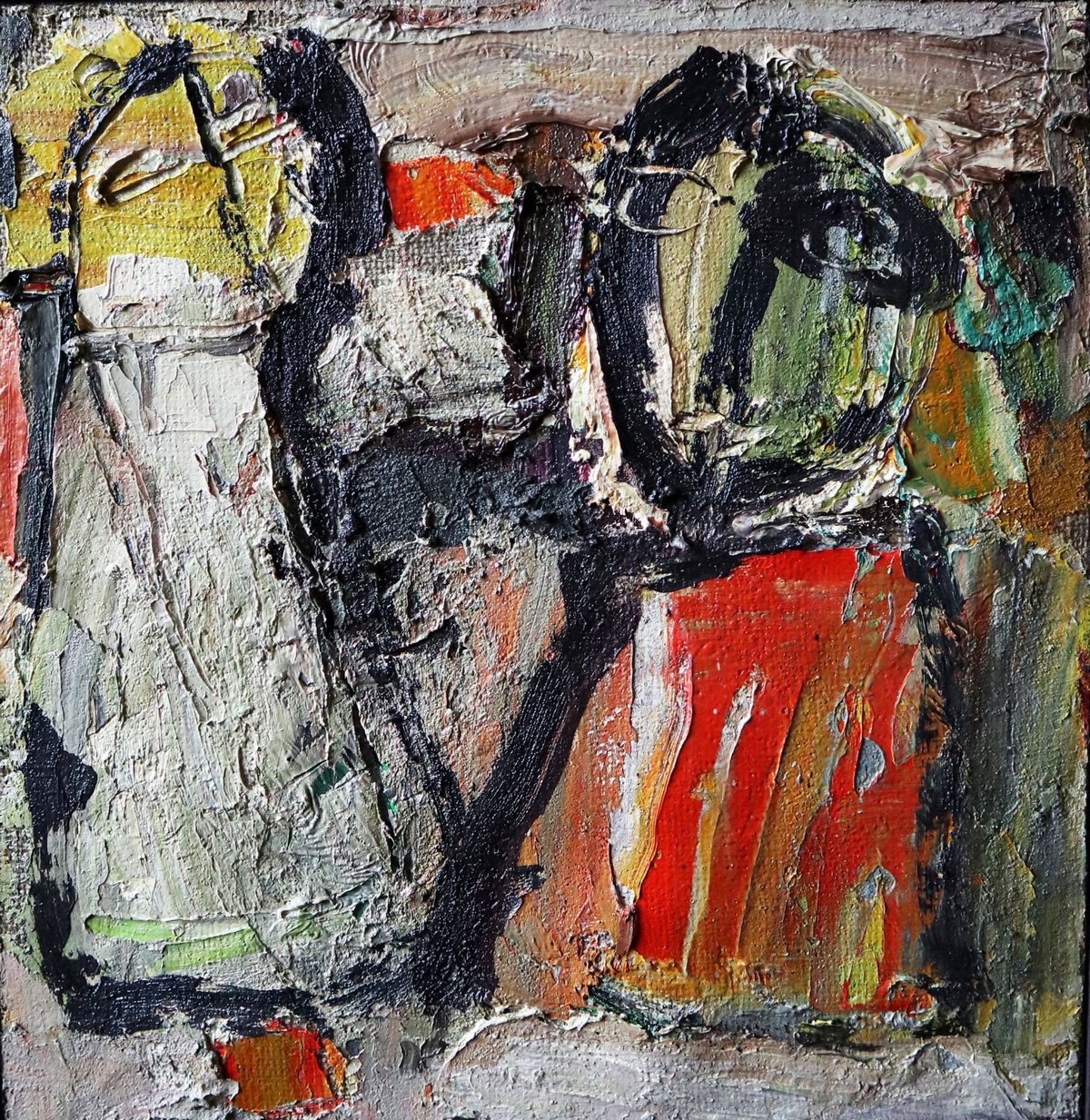

The beginning of the new millennium was marked by radical changes in the contemporary art market. The realization that global civilization has entered a new period of its development has affected the assessment of the value of paintings and statues, which were previously considered nothing more than the result of strange creative experiments. Contemporary art began competing with the classical era's masterpieces, rapidly adding the number of zeros on the price tag. On the other hand, we can observe a radical change in traditional formats of auctions, exhibitions, and other events due to the development of information technology and forced isolation during the pandemic. The art market is changing rapidly, raising many questions about its future.
Rapid growth in the early noughties and further development
Until the late 1990s, the contemporary art market was incompatible with the demand for classical works. It seemed that the masters of the past lived in the axial time, and their artworks were provided with an eternal stay on the top of Olympus. The situation began to change in the early 2000s. The surge of interest in contemporary art immediately affected the price tags, gradually increasing the average cost of lots at auctions. According to the Artprice portal, in the period from 2000 to 2020, the capitalization of this segment of the art market increased 21 times. The figures eloquently demonstrate the dynamics of growth. If in 2000, the auction turnover failed to reach $ 100 million, then in 2019, this figure amounted to $1993 million. The interest of collectors and investors is also fueled by the dynamics of prices for top lots: $2.2 million in 2000 against $ 91.1 million in 2019.


Danylo Movchan, painting "Skull 1", ID 13391 and Painting "ADAM`S Skull 2", ID 13336
Both market capitalization and the number of artists represented at auctions have increased (from 5.4 thousand to 32 thousand). Not least, the market dynamics were influenced by the growth of global GDP and the economy in individual countries. For example, the Chinese art market grew faster in the noughties. In Hong Kong alone, from 2000 to 2011, its capitalization increased 42 times, reaching $236 million. This city has become the Asian capital of art and the third largest platform of global importance, giving way to such metropolises as New York and London.
At the beginning of the XXI century, there was a tendency to search for new masters and markets. At first, this process took place spontaneously, accompanied by mass purchases of works by emerging artists for further resale. Still, buyers and auction operators gradually formed new approaches to evaluating paintings. Globalization and the development of cultural centers in the East Asian region also shifted the focus from "Western" to "Eastern" art. Auction houses began to open specialized departments specializing in paintings by masters who were not included in the Western tradition of fine art. According to the Artprice portal, the number of auction operators has almost doubled from 467 to 843. Moving beyond the Western-oriented paradigm has created markets for artists such as Jean-Michel Basquiat and George Condo.
The administrations of large cities in several countries even began to invest significant financial resources to acquire the status of cultural centers. This policy resulted in the emergence of art fairs in Dubai and Abu Dhabi, as well as branches of famous museums. In neighboring Doha in Qatar, the authorities have also invested considerable funds to develop the local art market. The royal family of Qatar not only created conditions for transforming Doha into a cultural center but also actively bought works of contemporary art. The size of the annual budget for the purchase of works of art in the style of modernism, surrealism, abstract expressionism, pop art, and neo-pop was $1 billion. There is also an increasing influence of liberal ideology on the contemporary art market. For example, over the past ten years, well-known galleries have increasingly collaborated with young African, African-British, and African-American artists, opening up opportunities for them to build careers. Positive changes are also observed on the gender front: in the new environment, female artists are more often able to achieve recognition and success in the market.
Record holders of the contemporary art market
Some artists who profess the aesthetic ideals of contemporary art managed to achieve recognition during their lifetime. Others became famous only after their death. The rise of their creative careers coincided with the intensive development of the contemporary art market. Their work inspires, excites, sometimes shocks, and even causes discussions about the essence of modern art. The only thing it does not do is leave the viewer indifferent.
Damien Hirst
One of the most successful and wealthiest figures of contemporary art. The theme of death runs through his work, for which he often uses the bodies of butterflies and mammals. In 2008, he became famous for beginning to cooperate with the auction house Sotheby's without the mediation of art galleries.
Hirst's successes have yet to be surpassed by any artist. In one session, he sold 45 works for more than $1 million, strengthening his reputation as one of the most influential artists of our time. It happened just before the global financial crisis, which caused a correction in the art market.
Takashi Murakami
The name of the Japanese artist became known in the early noughties. His neo-pop works are highly valued at auctions in Asia, Europe, and the United States. A significant milestone in his career was the sale of the painting "My Lonely Cowboy" for $13.5 million in 2008. After that, he was accepted by auction houses in the American market.


«727» и «Qinghue», Takashi Murakami. Photos © znaydaydzest.ru
The Japanese artist held his exhibitions in museums in Los Angeles, New York, Frankfurt, and Paris. The artist's style has become a metaphor for globalization and the mixing of different cultures that remained isolated during the reign of the ideals of classical aesthetics.
Jean-Michel Basquiat
Despite a short career (the artist died suddenly in 1988), Jean-Michel Basquiat created many works in neo-expressionism and worked with Andy Warhol. For a long time, his works were not recognized, and the Museum of Modern Art in New York even refused to accept his piece, citing the artist's insignificant contribution to culture. The deserved recognition came decades after his death.


«Riding with Death» and «The Foggy Heads», Jean-Michel Basquiat. Photos © crossarea.ru
This may have resulted from an ideological turn in world culture with its insistence on revising traditional views of identity. In 2017, the artist sold an untitled work for $110.5 million.
Art market and the pandemic
Quarantine restrictions have disrupted the usual rhythm of life, effectively ending all social events planned for 2020. In addition, uncertainty in the global economy has negatively affected buying sentiment. To reduce losses, galleries launched virtual access services to expositions, and well-known auction houses began to conduct online auctions.
The tremendous success on this front was achieved by Sotheby's. After the change of ownership in 2019, the auction house relied on increasing the segment of online services. Therefore, after the start of the healthcare crisis, Sotheby's already had a ready-made information infrastructure for the transition to remote work formats. In March 2020, the auction house managed to sell ten times more lots than Christie's and set a new record for e-commerce in art ($6.4 million). Statistics also showed another important change: about a third of all sales in the summer of the same year were made by new buyers. The results obtained can soon radically affect the structure of the entire art market, forever establishing an innovative vector of development.
Christie's auction house went even further, beginning to use augmented reality technology. In July 2020, an online event brought together sessions from Hong Kong, Paris, London, and New York. At least 80 exceptional lots worth $420 million were sold. The positive experience of the online auction is likely to determine the format of such events for decades to come. In addition, the latest news from the frontlines of the fight against the epidemic does not give hope for a quick victory. Before the quarantine, there was an opinion among art market participants that direct visual contact was necessary to perceive artfully. Otherwise, the viewer cannot comprehend the work in all its originality. It was this position that largely hindered the development of e-commerce, and it was the epidemic that contributed to its revision.


Anatolii Tertychnyi, painting "Milestones", ID 13243 and Painting "Autumn", ID 13244
The active use of virtual technologies also opens opportunities for developing new market sectors. For example, the segment of inexpensive art, which has remained in the marginal zone until now, is actively expanding, offering good conditions for beginner artists. Even if humanity manages to overcome the pandemic, the trend of the gradual transition of the art market to the virtual space will remain the same. On the contrary, soon, we can expect a gradual reduction in the offline art market segment.
KyivGallery art critic
